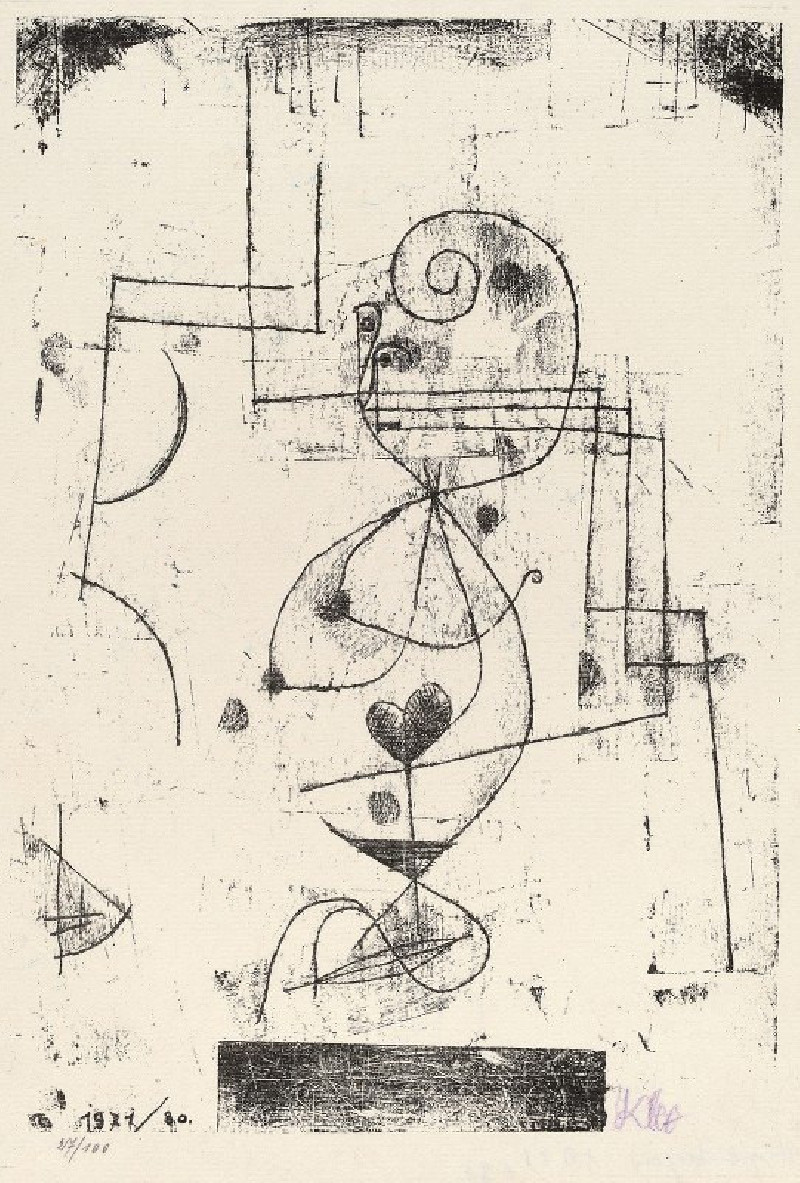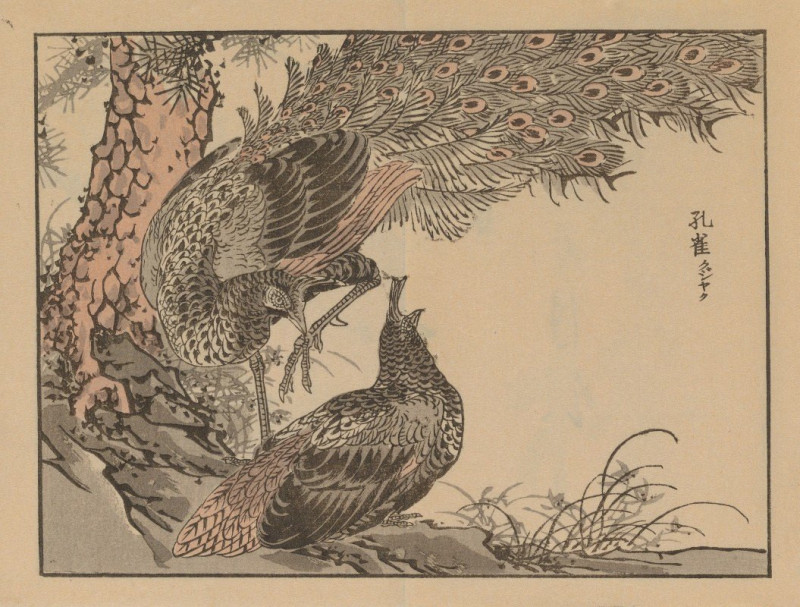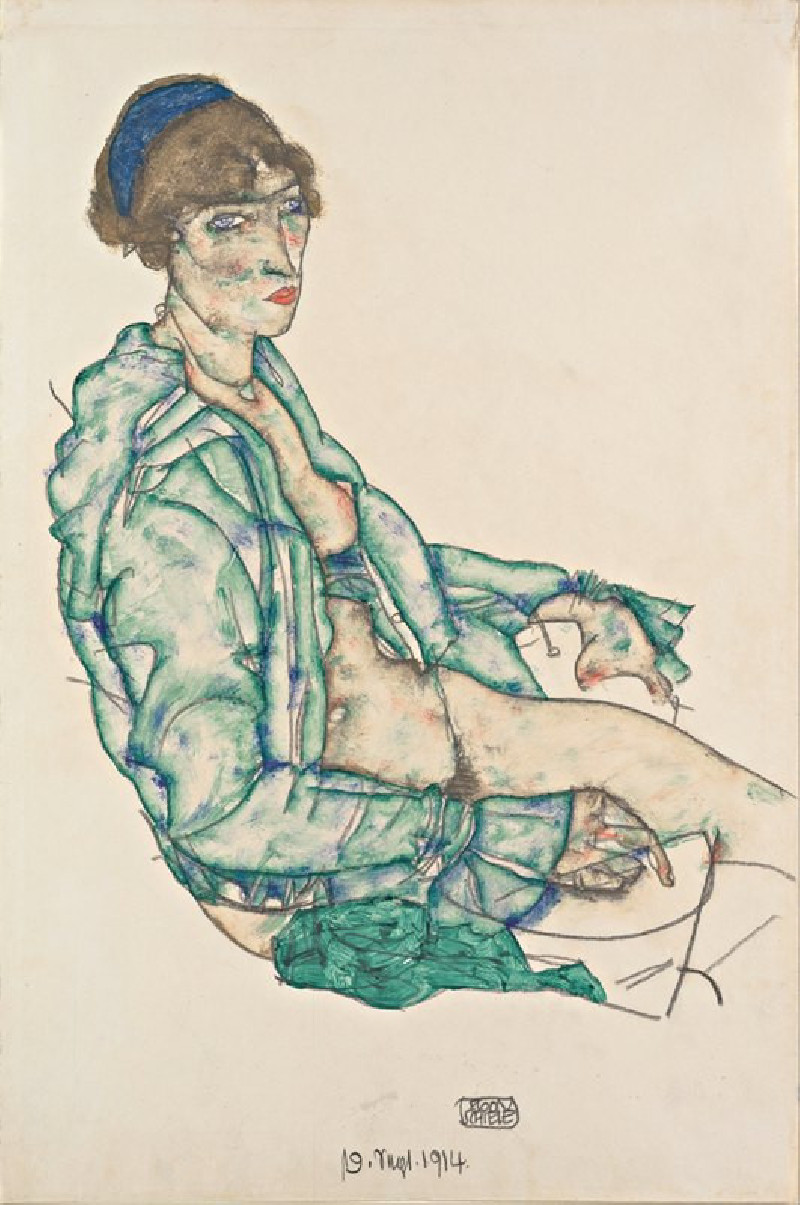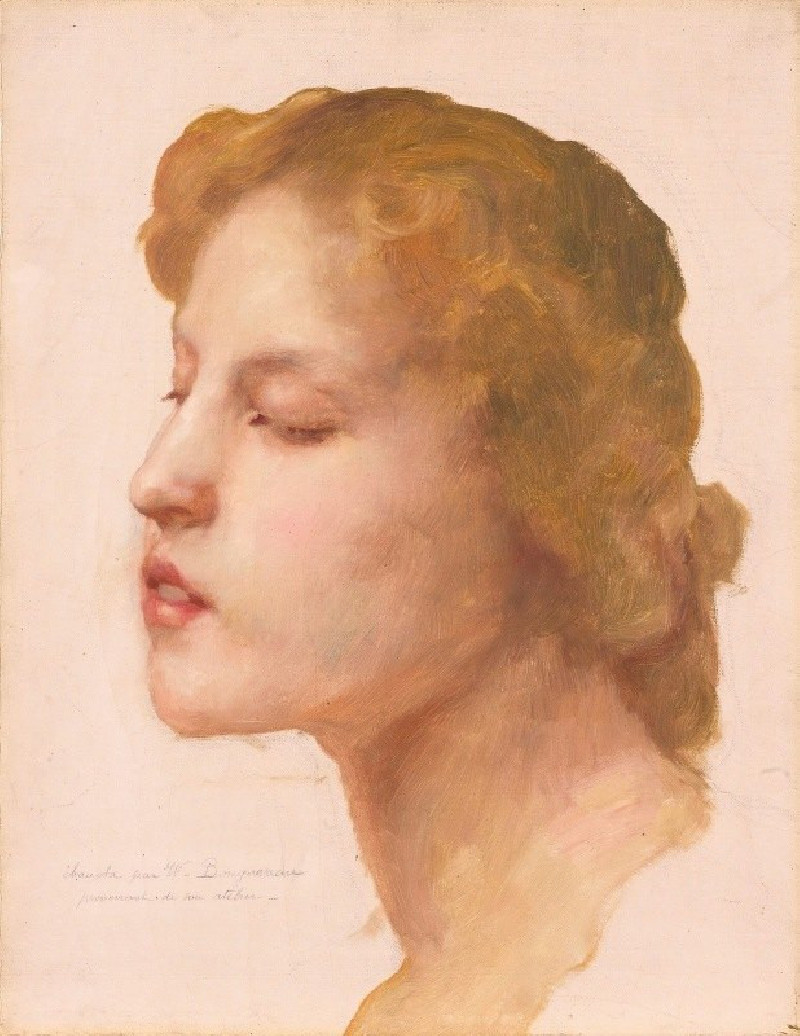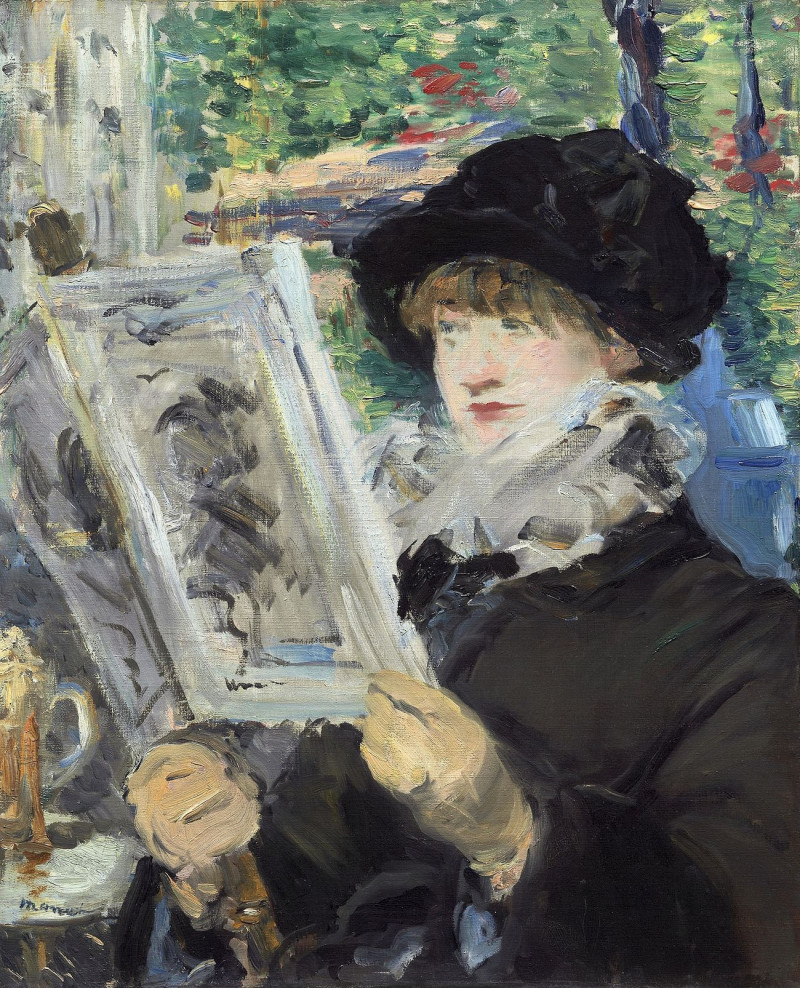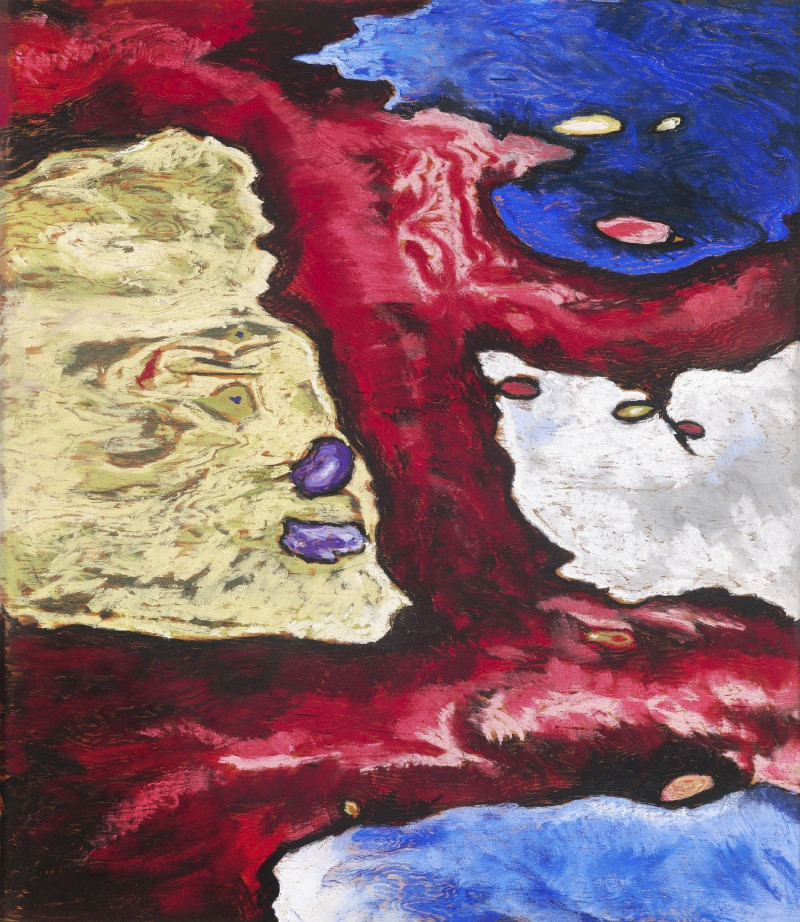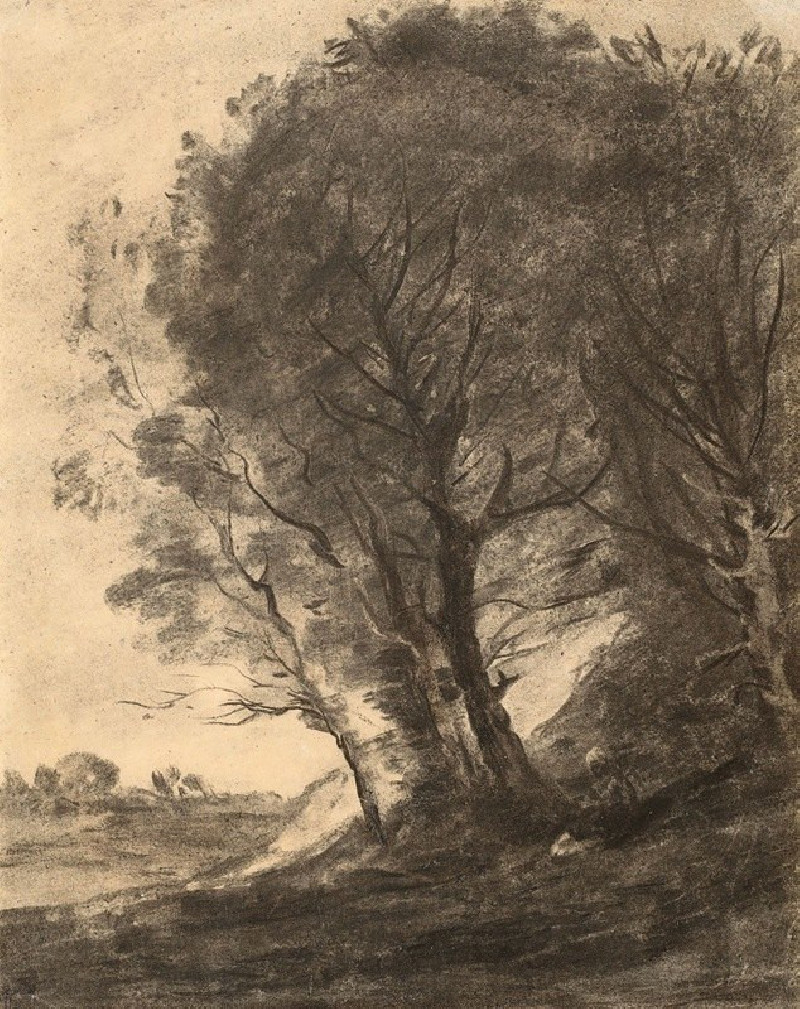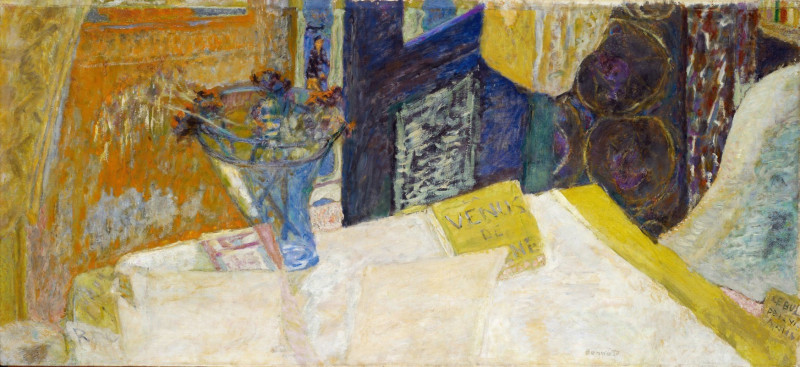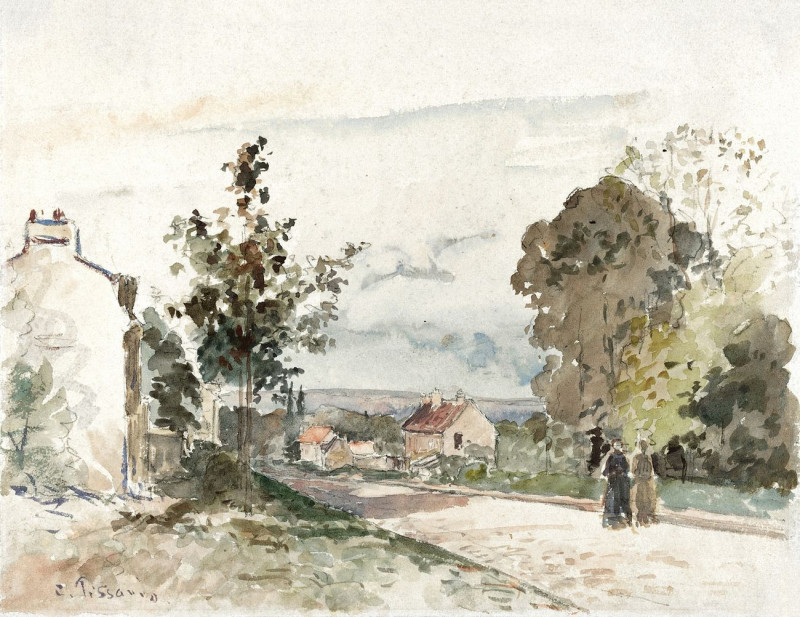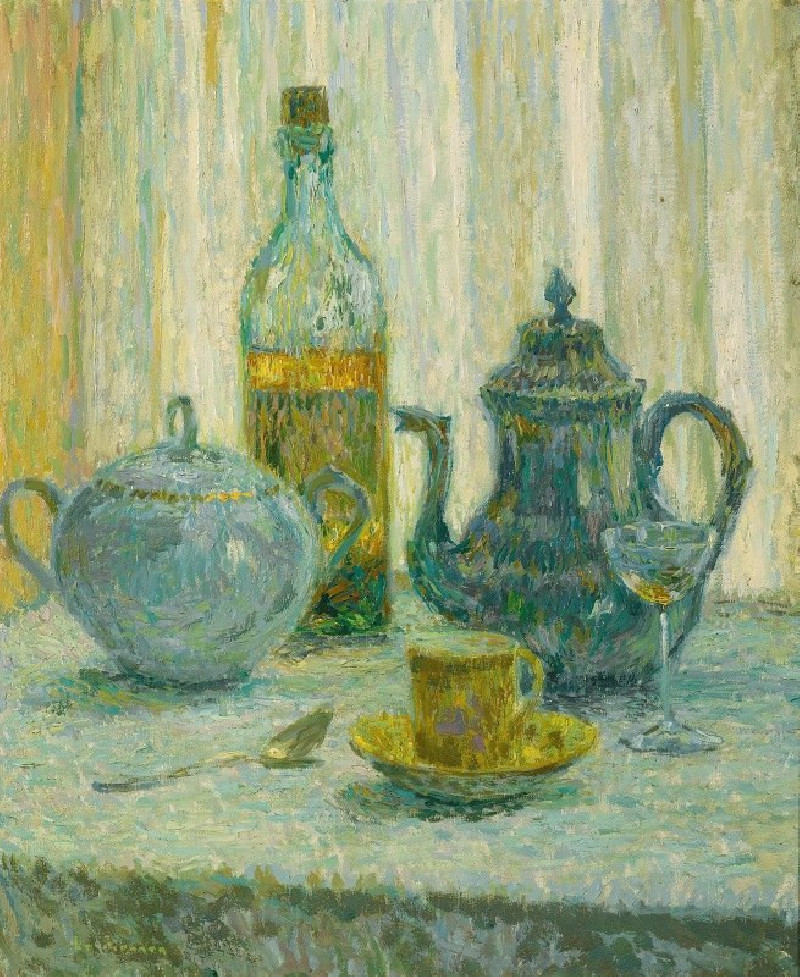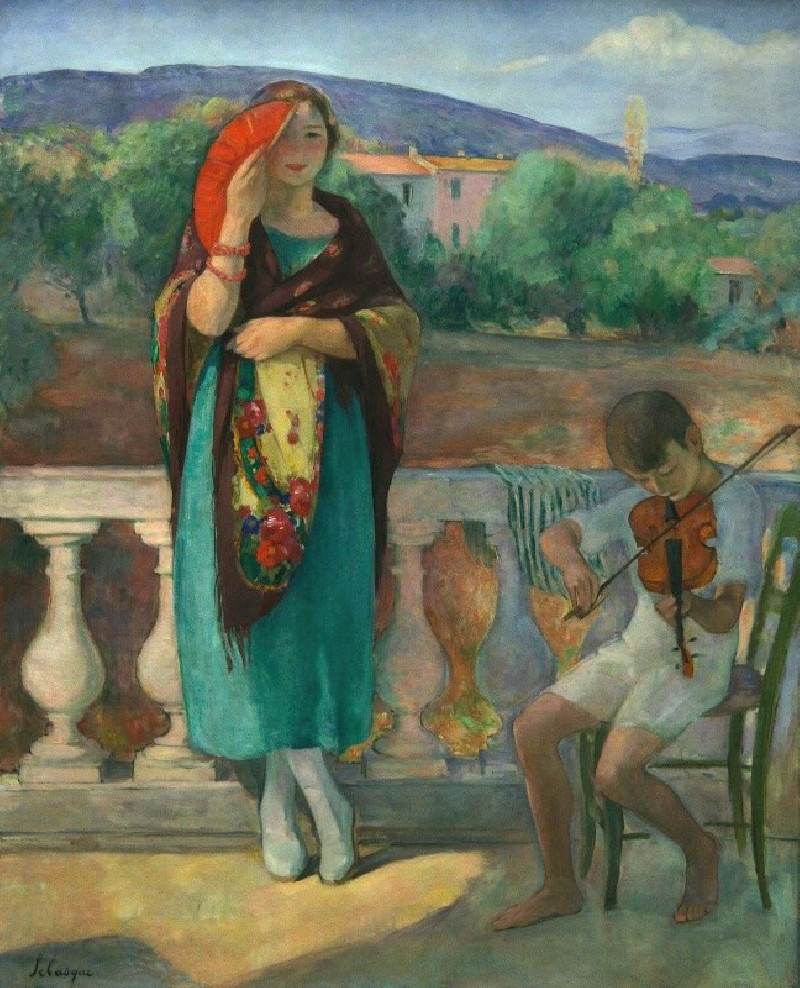Queen of Hearts (Herzdame) (1921)
Technique: Giclée quality print
Recommended by our customers
More about this artwork
Step into the intriguing world of Paul Klee's "Queen of Hearts" (Herzdame), a captivating piece from 1921 that exemplifies his unique approach to art. This composition skillfully combines abstract and figurative elements, inviting viewers into a playful exploration of form and symbolism.At first glance, the artwork may seem comprised of chaotic lines and shapes, but a closer examination reveals an imaginative representation of the 'Queen of Hearts'. Klee uses delicate lines to outline the figure, which appears positively whimsical and subtly intertwined with geometric shapes and abstract patterns. The heart motif, used both literally and symbolically, enhances the thematic expression, pointing towards themes of love, royalty, and perhaps the vulnerability associated with them.In true Klee style, the background and the figure itself are seamlessly integrated, creating an interplay of depth and flatness that challenges traditional perspectives. The monochrome palette stresses the artist's focus on line and shape, allowing the viewer to engage deeply with the composition’s structural elements."Queen of Hearts" is not just a visual experience but a poetic journey that encapsulates Klee's deep involvement with the Bauhaus movement's ideal—where art and technique intersect gracefully. Each line and form in this painting is a testament to his mastery in conveying complex ideas through simple, yet profoundly effective artistic expressions.
Delivery
Returns
Paul Klee was a Swiss-born German artist. His highly individual style was influenced by movements in art that included expressionism, cubism, and surrealism. Klee was a natural draftsman who experimented with and eventually deeply explored color theory, writing about it extensively; his lectures Writings on Form and Design Theory (Schriften zur Form und Gestaltungslehre), published in English as the Paul Klee Notebooks, are held to be as important for modern art as Leonardo da Vinci's A Treatise on Painting for the Renaissance.

